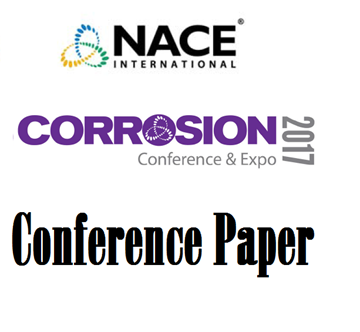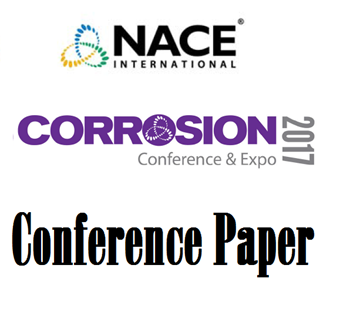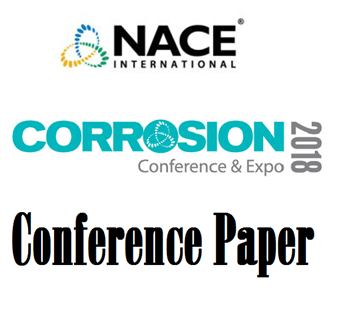Search
NACE Conference Papers
View as
Sort by
Display
per page
Hydrogen Permeation and Binding Energy Study on OCTG High Strength Steel
Product Number:
51319-12908-SG
Publication Date:
2019
$20.00
Hydrogen Pipeline In-Line Inspection Case Study
Product Number:
51321-16820-SG
Publication Date:
2021
$20.00
Hydrogen Stress Cracking Resistance Of High Strength Alloys For Subsea Fasteners
Product Number:
51321-16709-SG
Publication Date:
2021
$20.00
Hydrogen Trapping in Heat Treated and Deformed Armco Iron
Product Number:
51319-13083-SG
Publication Date:
2019
$20.00
Hydrogeochemical Modelling to Monitor Scaling and Corrosion during Geothermal Energy Production
Product Number:
51317--9044-SG
ISBN:
9044 2017 CP
Publication Date:
2017
$20.00
Identification And Characterization Of Planktonic And Sessile Consortium Associated With Microbiologically Influenced Corrosion (MIC) In The Oil And Gas Industry
Product Number:
51321-16544-SG
Publication Date:
2021
$20.00
Identifying Potential Inhalation and Hearing Hazards In Abrasive Blasting Operations: A Supplement to “The Use of Personal Protective Equipment and Regulations & Standards Affecting Safe Abrasive Blasting
Product Number:
41212-673-SG
Publication Date:
2012
$20.00
Impact of CO2 Partial Pressure on Electrochemical Measurements at High Temperatures
Product Number:
51320-14584-SG
Publication Date:
2020
$20.00
Impact of Foam Trench Breakers and Ditch Pads on Pipeline Cathodic Protection
Product Number:
51317--9002-SG
ISBN:
9002 2017 CP
Publication Date:
2017
$20.00
Impact of Internal CO2 Corrosion of Mild Steel Pipelines on Solid Hydrate Particles
Product Number:
51321-16391-SG
Publication Date:
2021
$20.00
Impact of Novel Sulphidogenesis-Inhibitory Chemistries on Souring and MIC
Product Number:
51318-11183-SG
Publication Date:
2018
$20.00
Impact of O2 Content on Corrosion Behavior of X65 Mild Steel in Gaseous, Liquid and Supercritical CO2 environments
Product Number:
51320-14433-SG
Publication Date:
2020
$20.00












